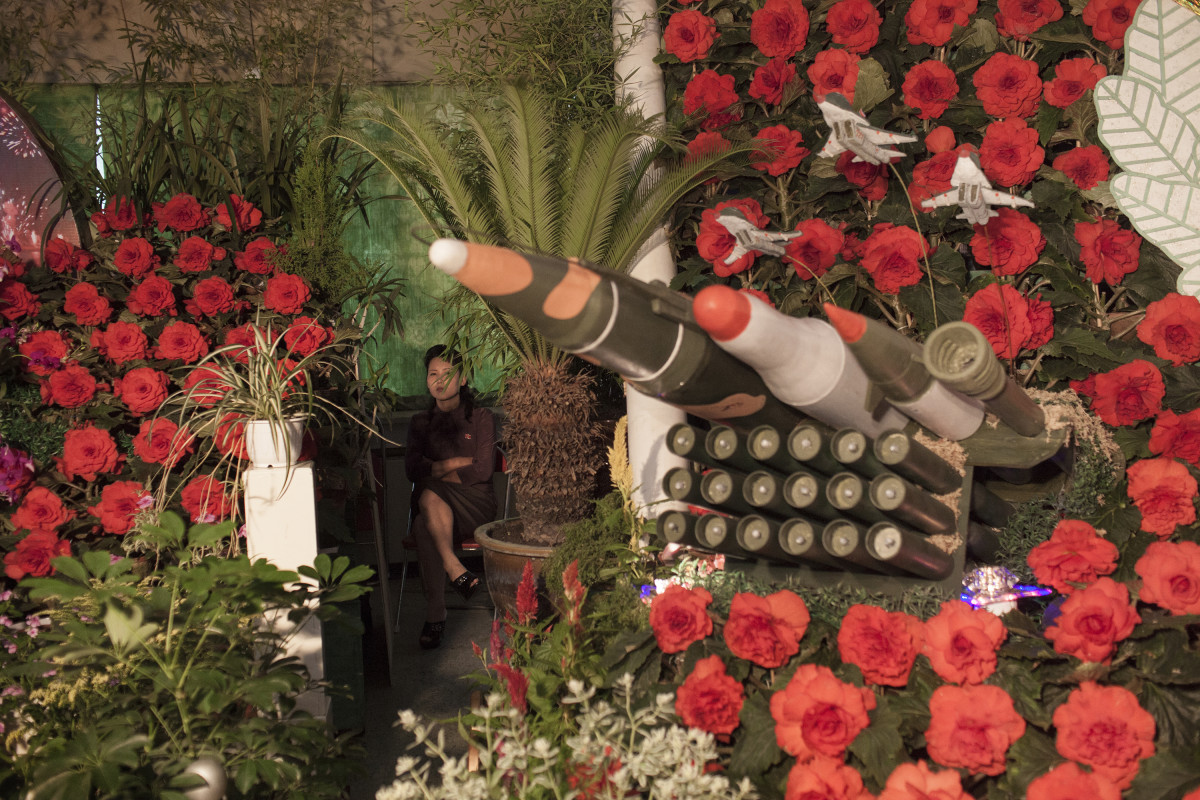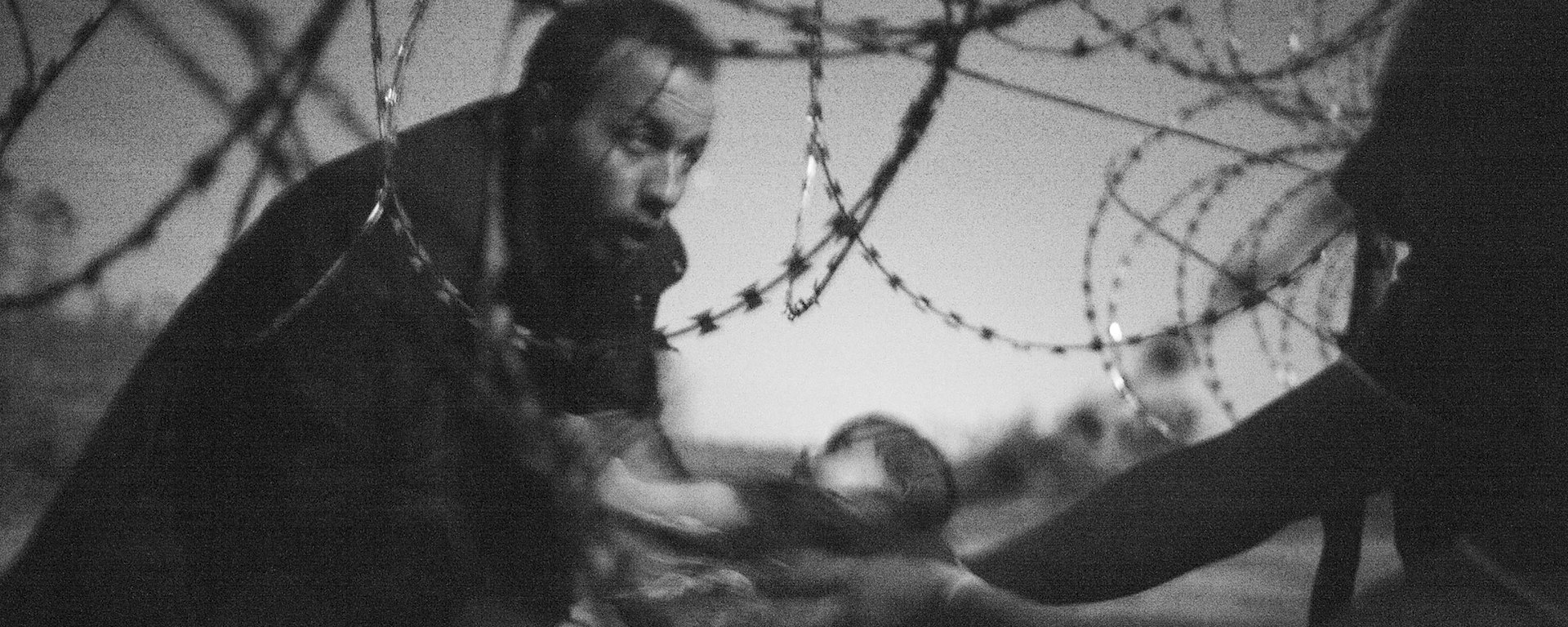

Le gagnant du World Press Photo Contest 2016 dévoilé
Depuis 1955, l’organisation World Press Photo récompense chaque année les photos de presse les plus réussies. Les critères sur lesquels se basent les juges comprennent tout autant la qualité graphique de l’image que la puissance du contexte où elle a été prise.
Antoine Bordeleau
Photo : © Warren Richardson - Hope for a New Life
La tâche qui incombe aux juges de cette compétition est plus qu’ardue. Ils doivent départager, à travers des milliers de photos, les perles rares méritant le titre de photo de l’année dans leurs catégories respectives en plus de devoir nommer un grand gagnant toute catégorie confondue. Les membres du panel de sélection Francis Kohn, Tim Clayton, Michaela Herold, George Steinmetz, Narda van ‘t Veer, Vaughn Wallace, et Huang Wen ont délibéré et c’est le photographe australien Warren Richardson qui a remporté le prix de Photo de presse de l’année 2015 pour cette incroyable image d’un père passant son bébé à travers une barrière de barbelés à la frontière entre la Serbie et la Hongrie.
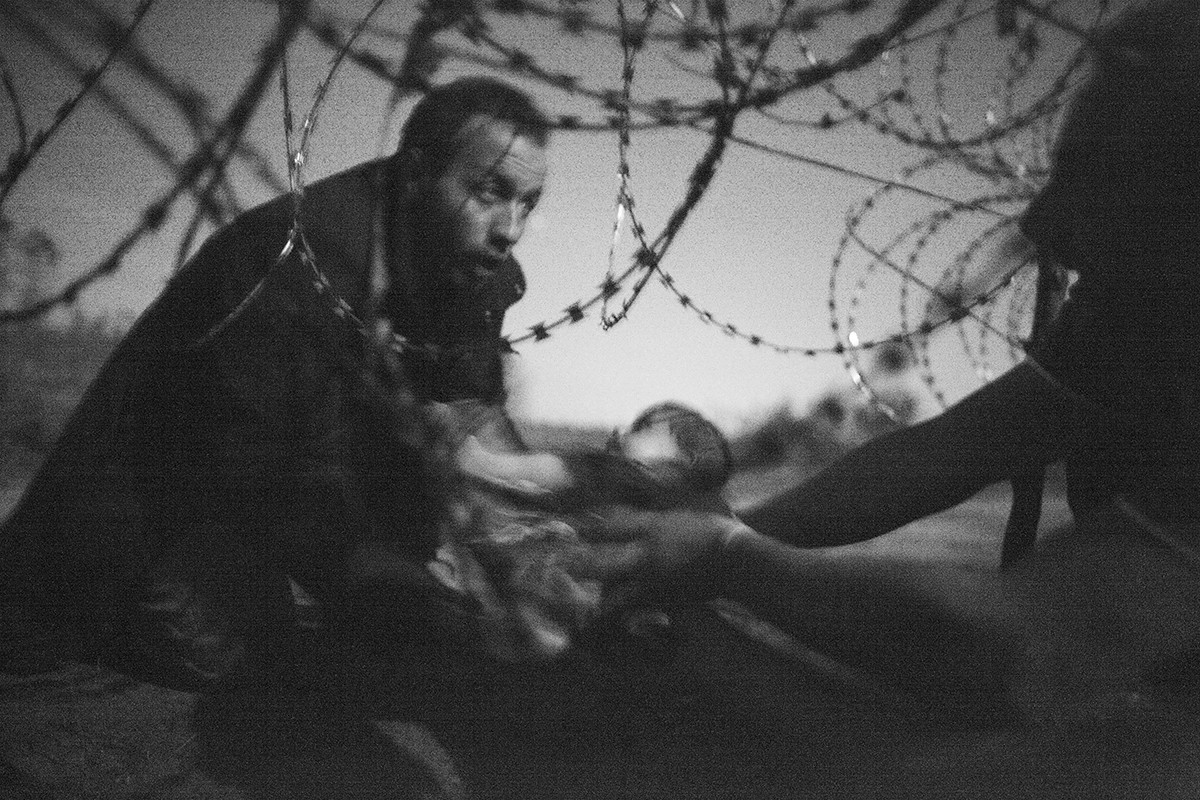
Les juges ont également mis en ligne cette vidéo expliquant les raisons qui les ont poussés à choisir cette photo comme grande gagnante de ce prestigieux concours.
La sélection que doivent faire les juges ne se limite toutefois pas à une seule image, car il y a une multitude de catégories pour lesquelles ils doivent choisir les photographies les plus poignantes. Des nouvelles générales aux sports en passant par les questions contemporaines et la vie courante, ces sélections englobent toutes les facettes de la vie humaine et de la nature qu’un photographe peut capturer, certaines étant spécifiques à l’année en cours (la crise des réfugiés syriens en Europe, par exemple). Les juges ont dû cette année faire leurs choix parmi 82 951 photos prises par 5 775 photographes provenant de 128 pays différents. Les photos gagnantes font l’objet d’une exposition itinérante qui s’arrêtera à Montréal, du 31 août au 2 octobre 2016 au Marché Bonsecours.
Vous pouvez visionner la totalité des photographies lauréates via le site web de World Press Photo, mais nous avons ici sélectionné une collection des images les plus puissantes dans chacune des catégories.
Nouvelles générales
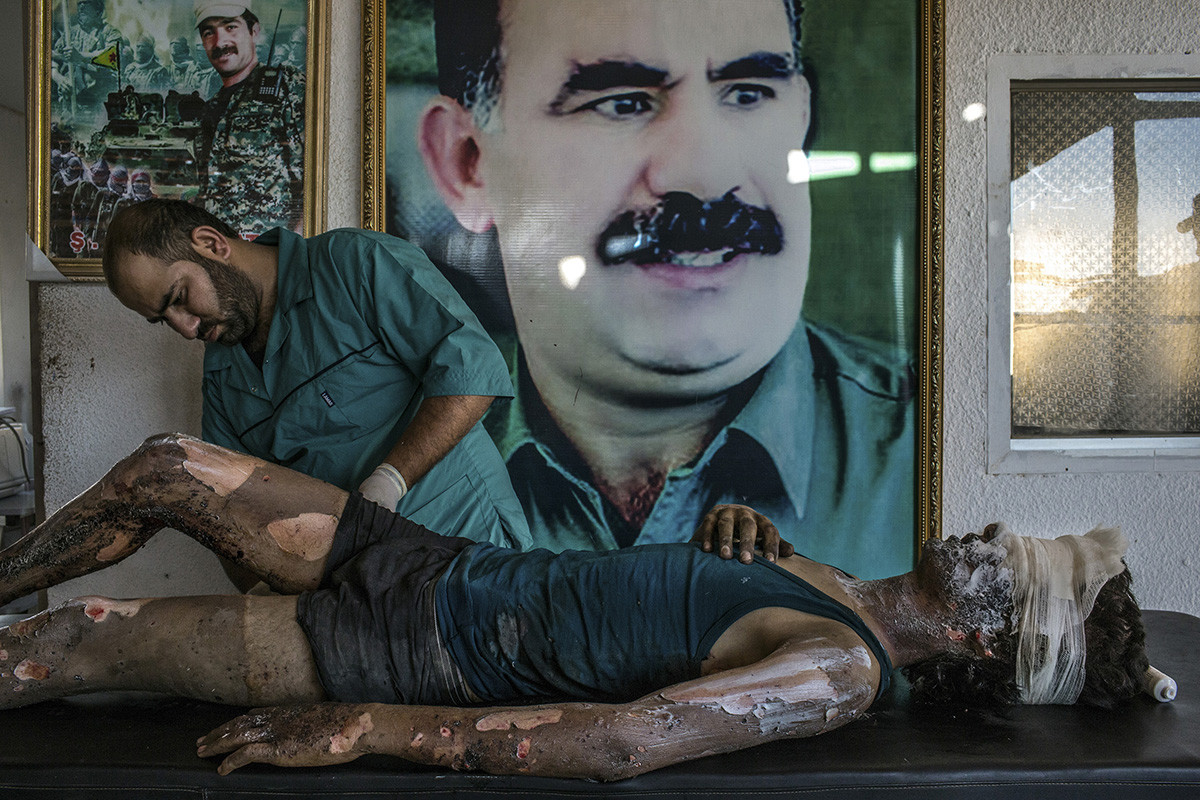
Nouvelles générales – Crise des réfugiés en europe
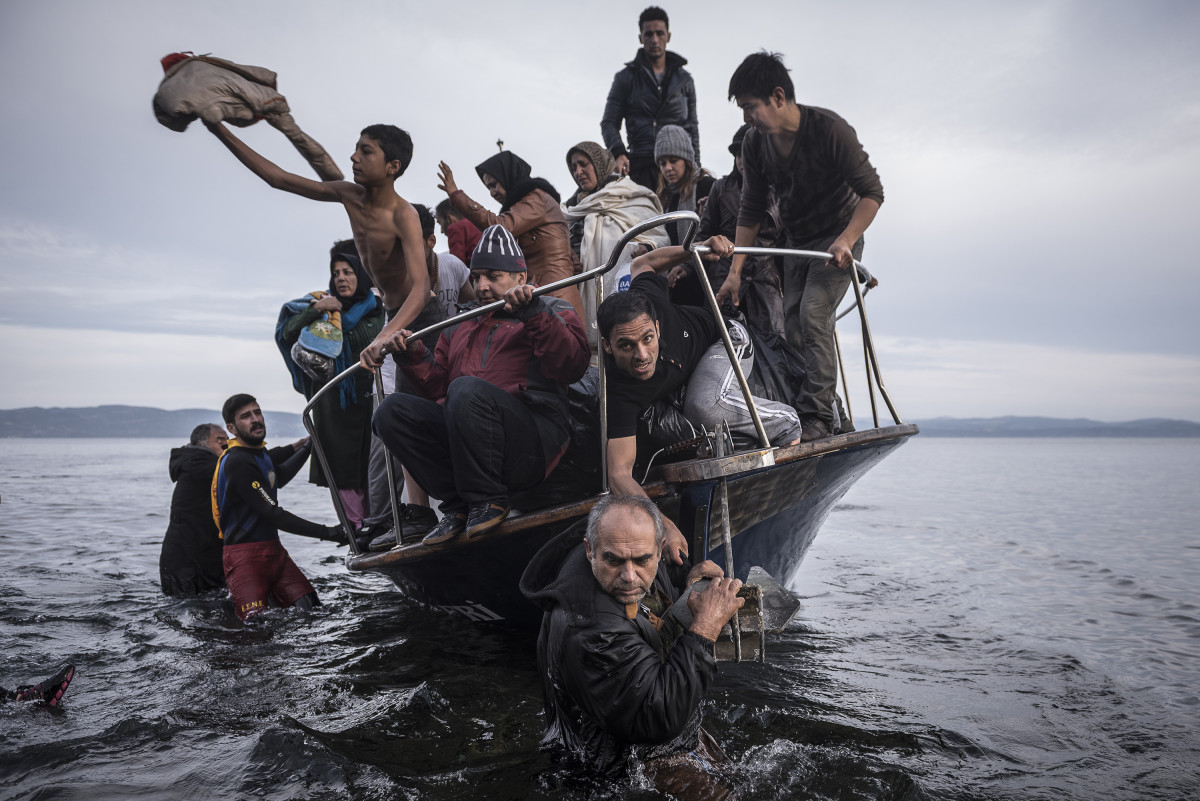
nouvelles générales – les enfants de douma
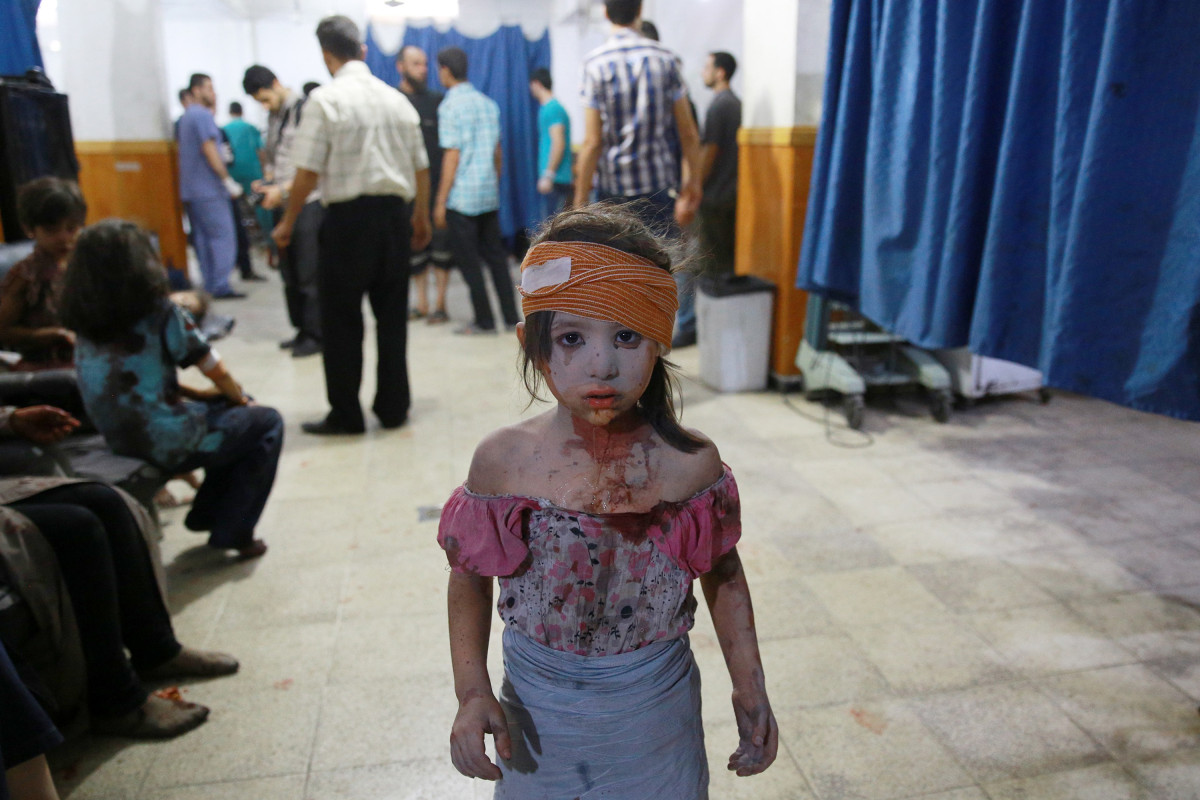
nouvelles générales – l’après-tremblement de terre au népal
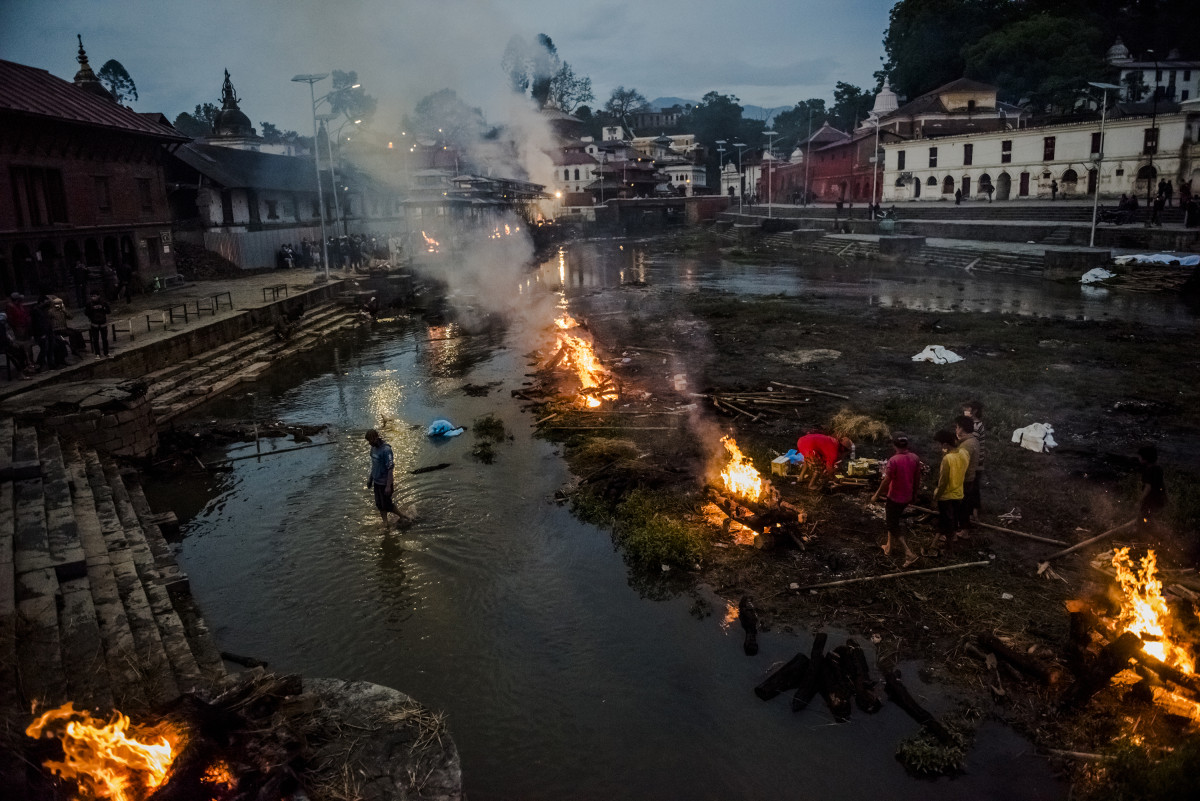
faits divers
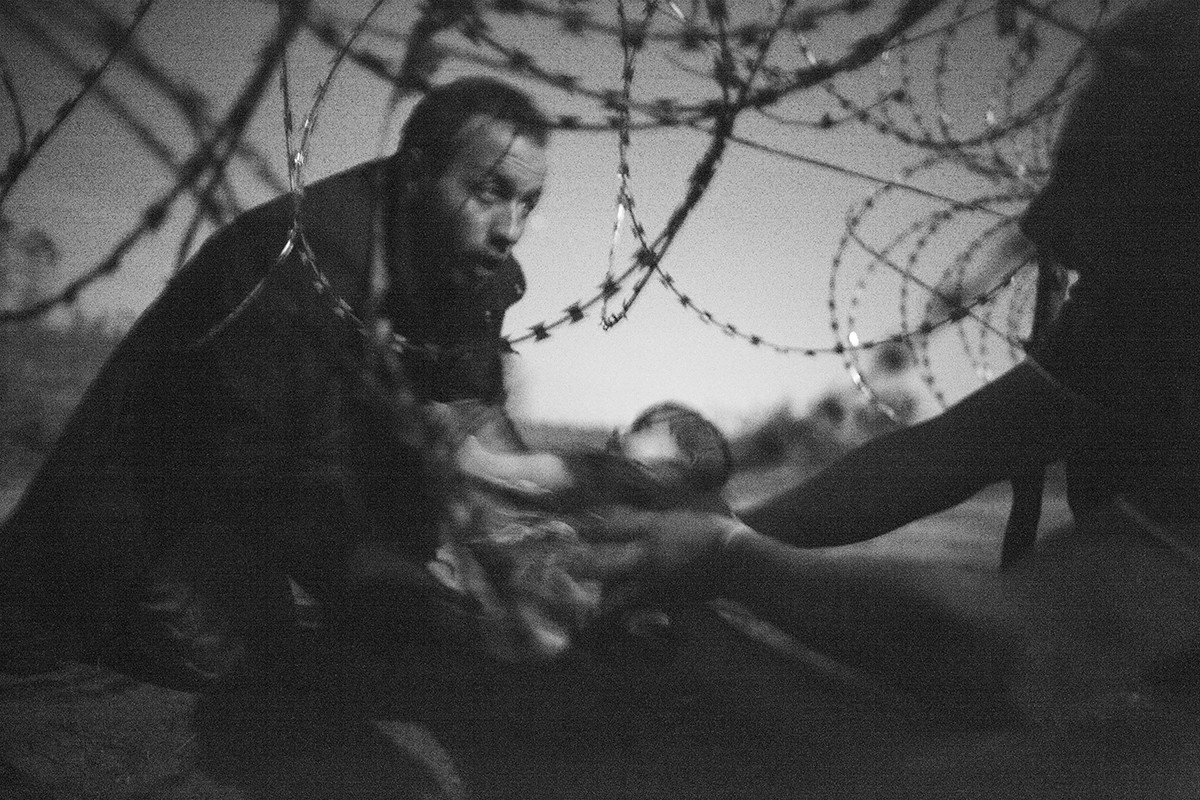
Faits divers – conséquences des frappes aériennes en syrie
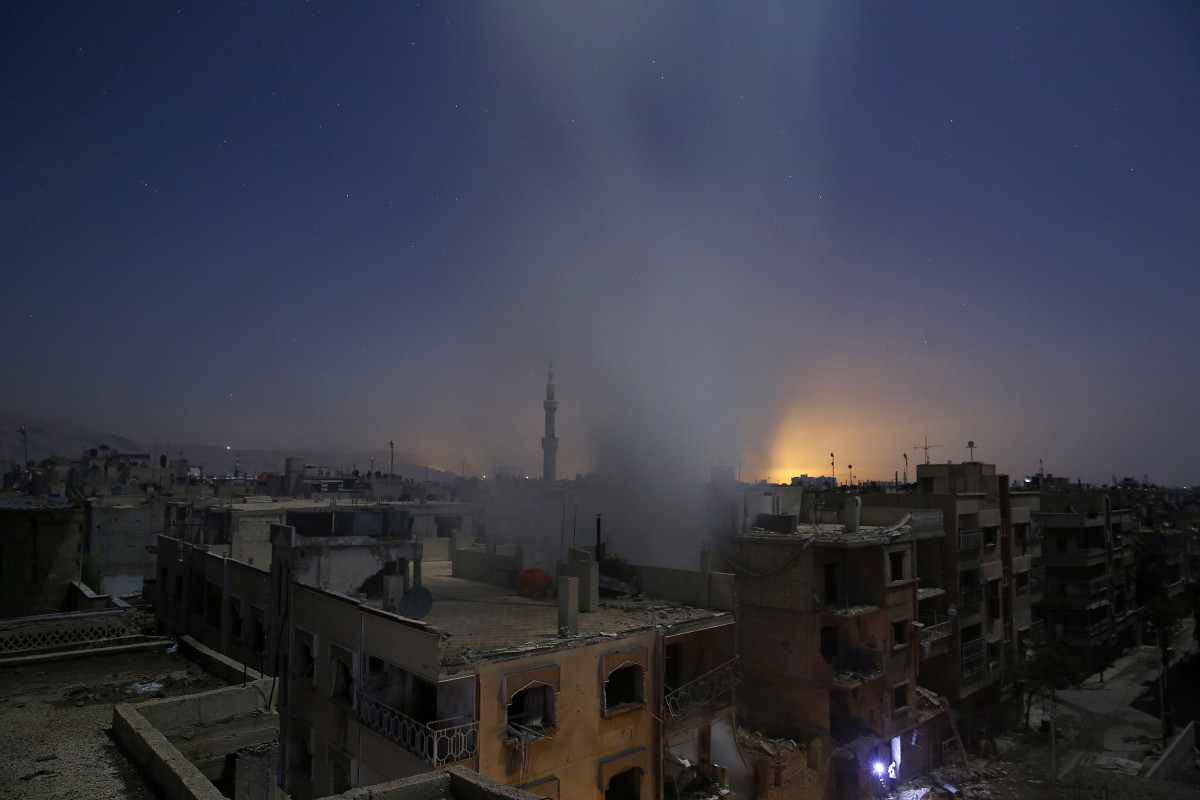
faits divers – avalanche au pied de l’everest
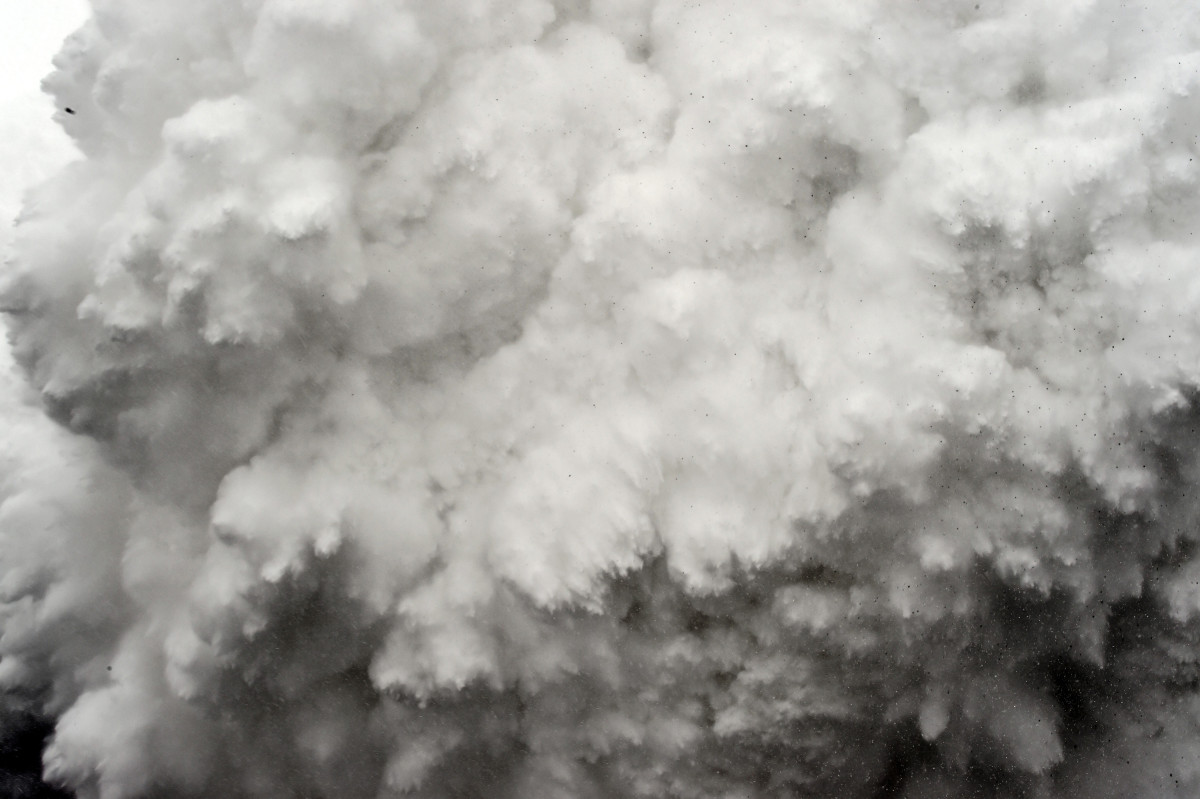
faits divers – rupture de la frontière turque
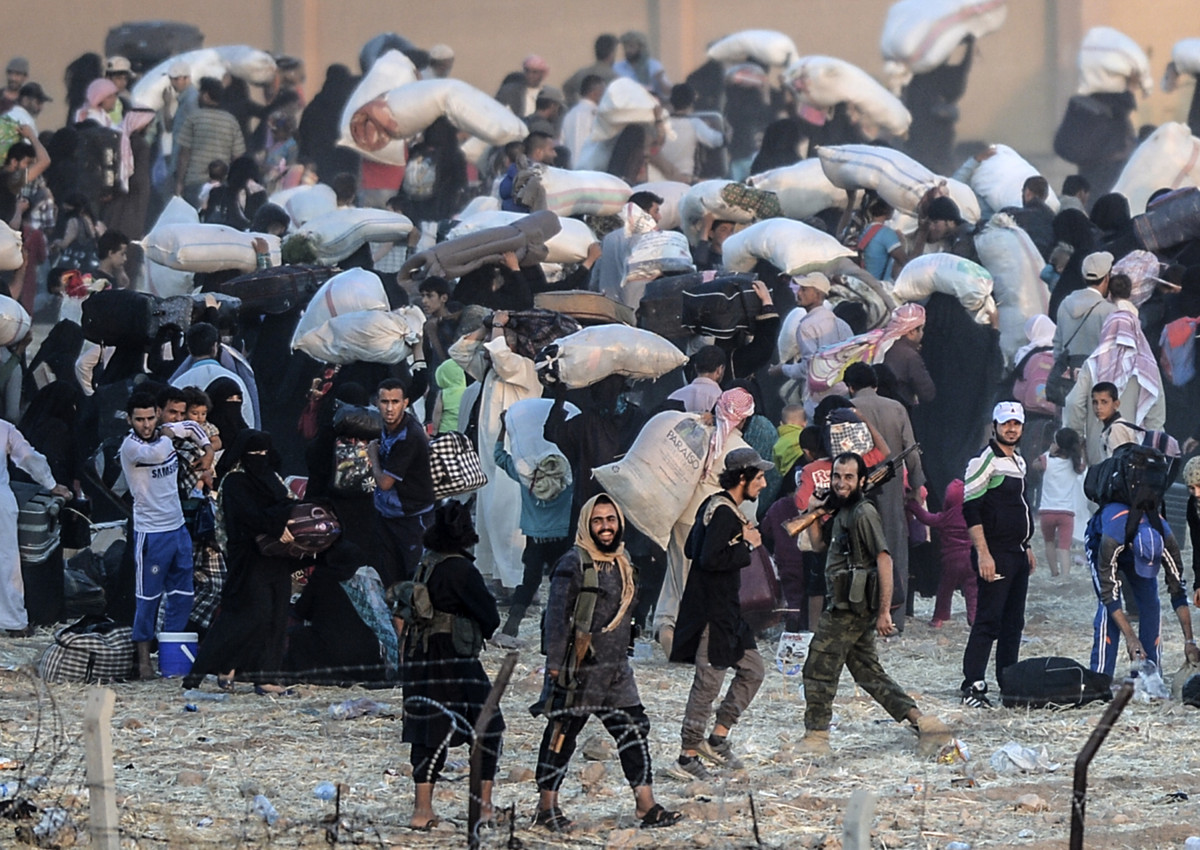
sports
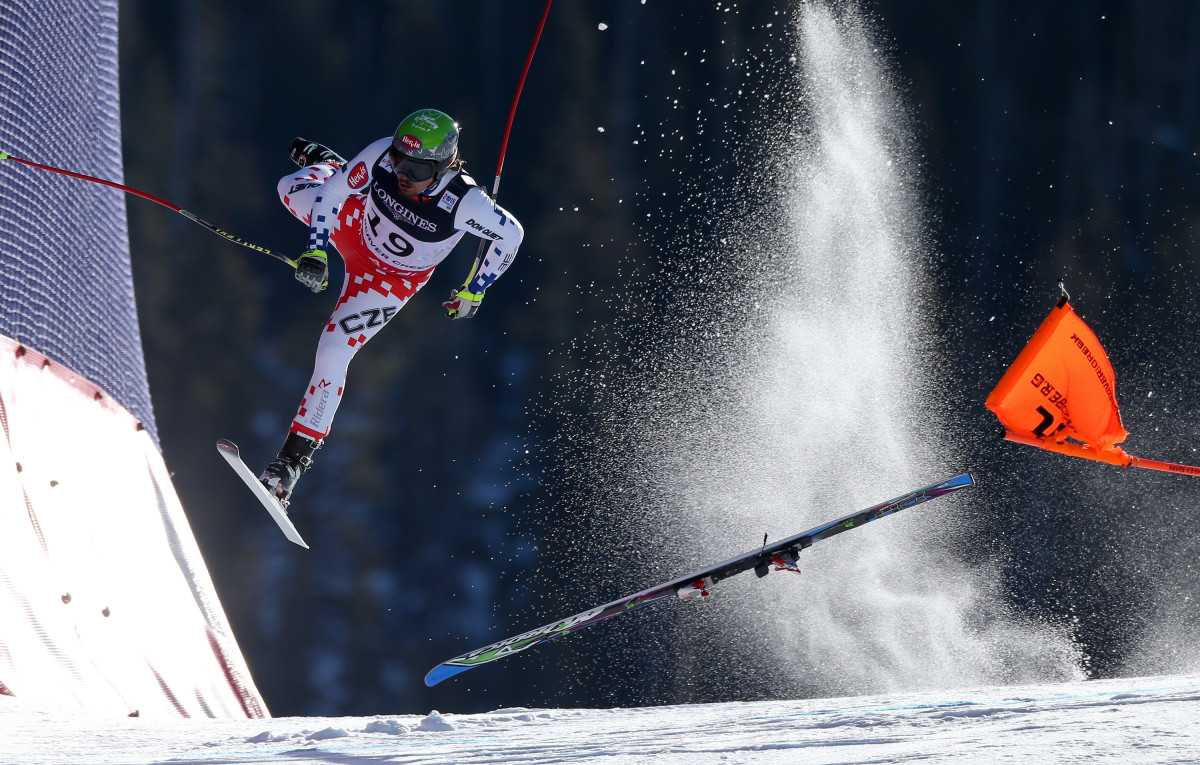
sports – hockey à Vetluga
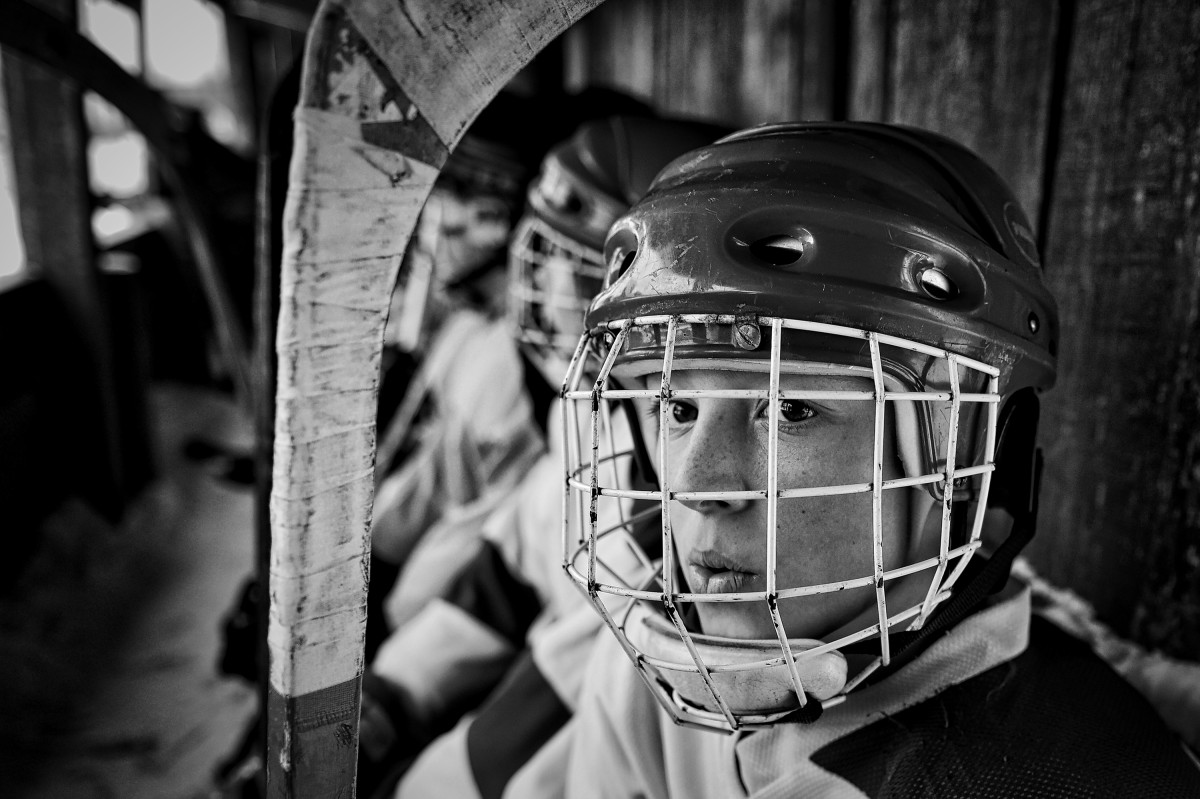
sports – les lutteurs gris-gris du sénégal
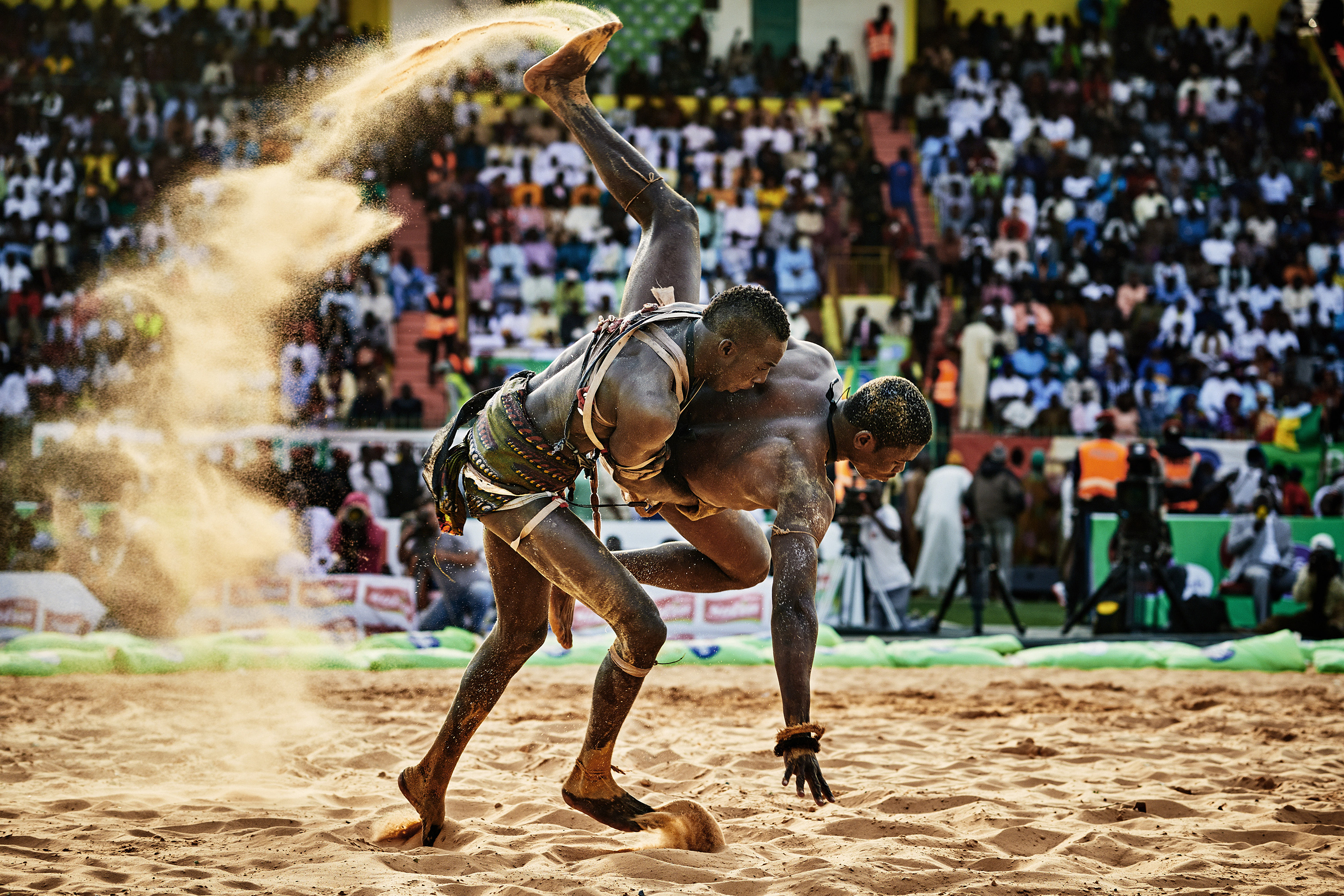
sports – le club de football des survivants de l’ébola
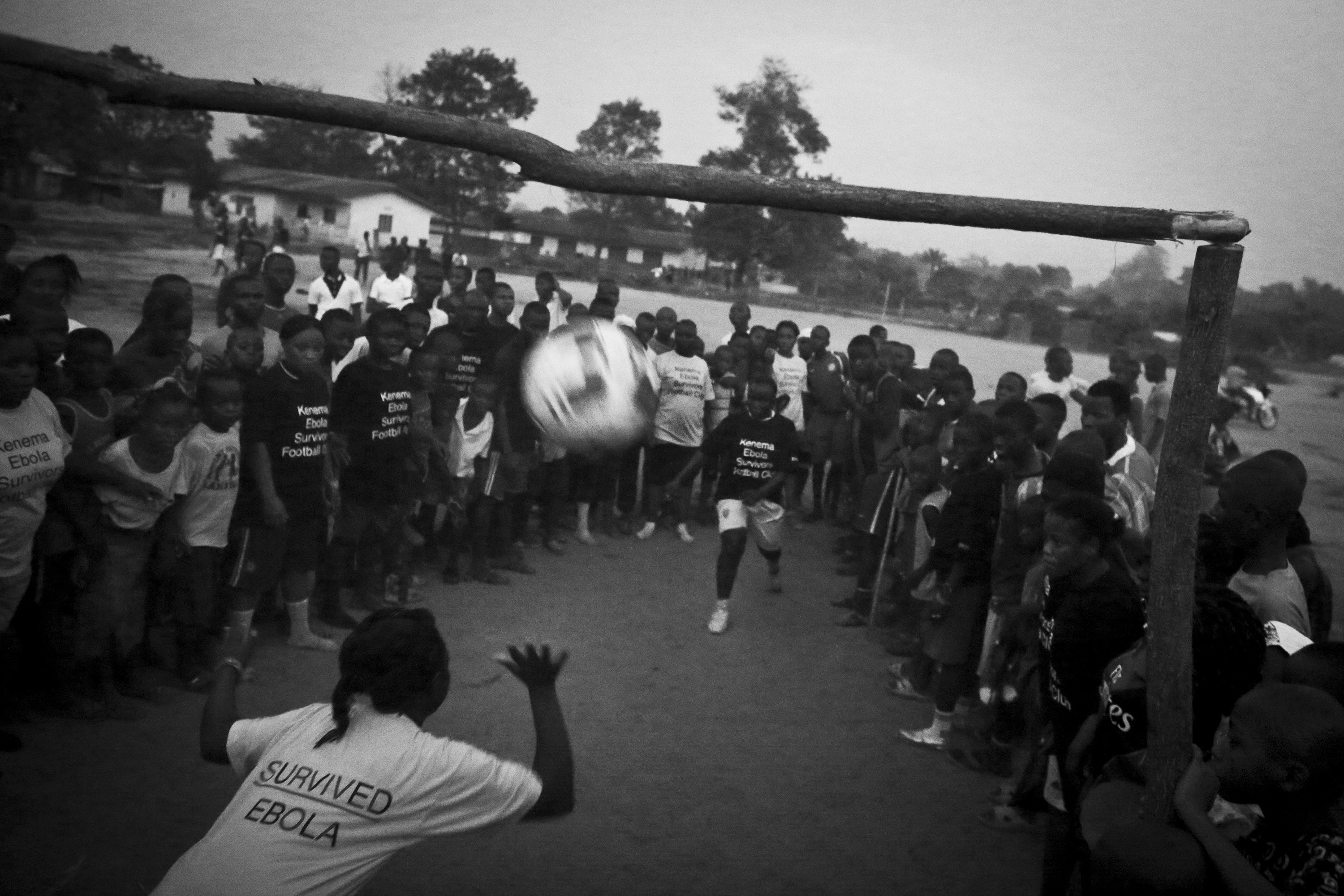
questions contemporaines
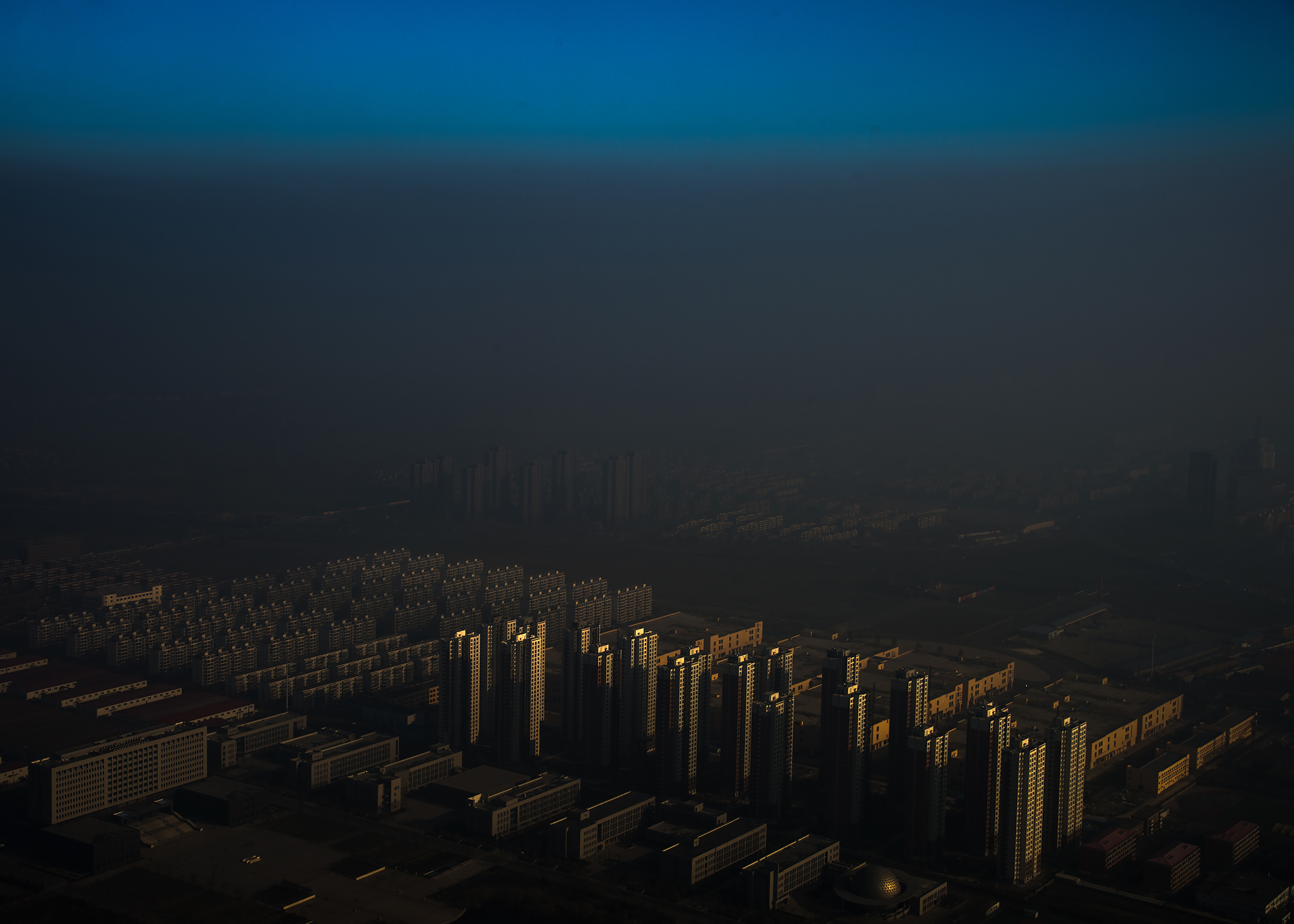
questions contemporaines – talibes, esclaves des temps modernes
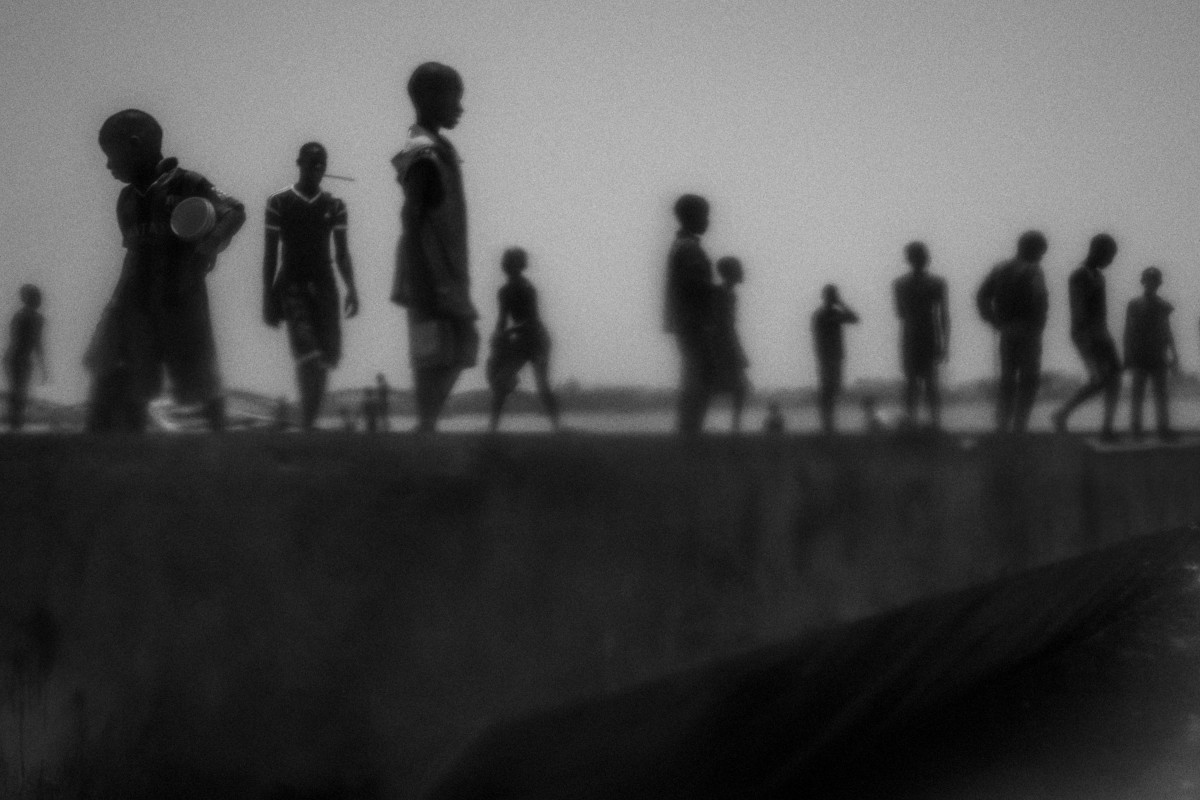
questions contemporaines – tous dans le même bateau
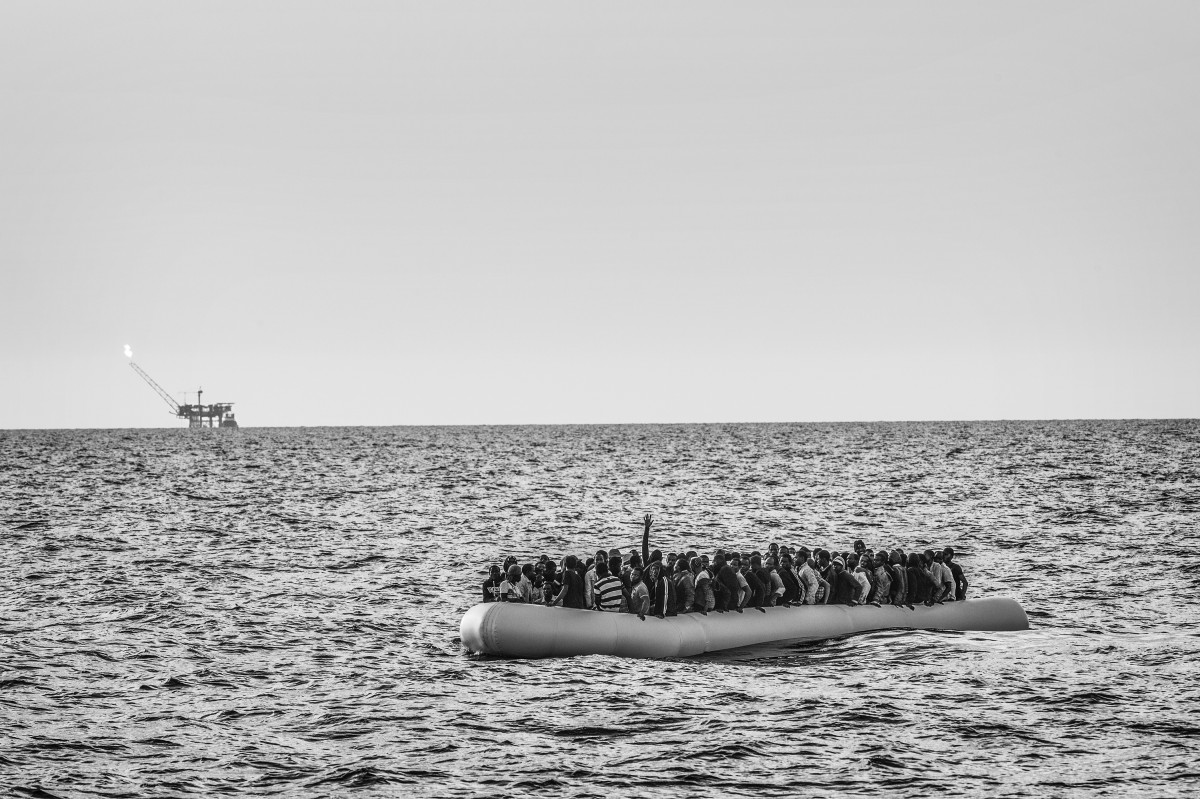
vie courante
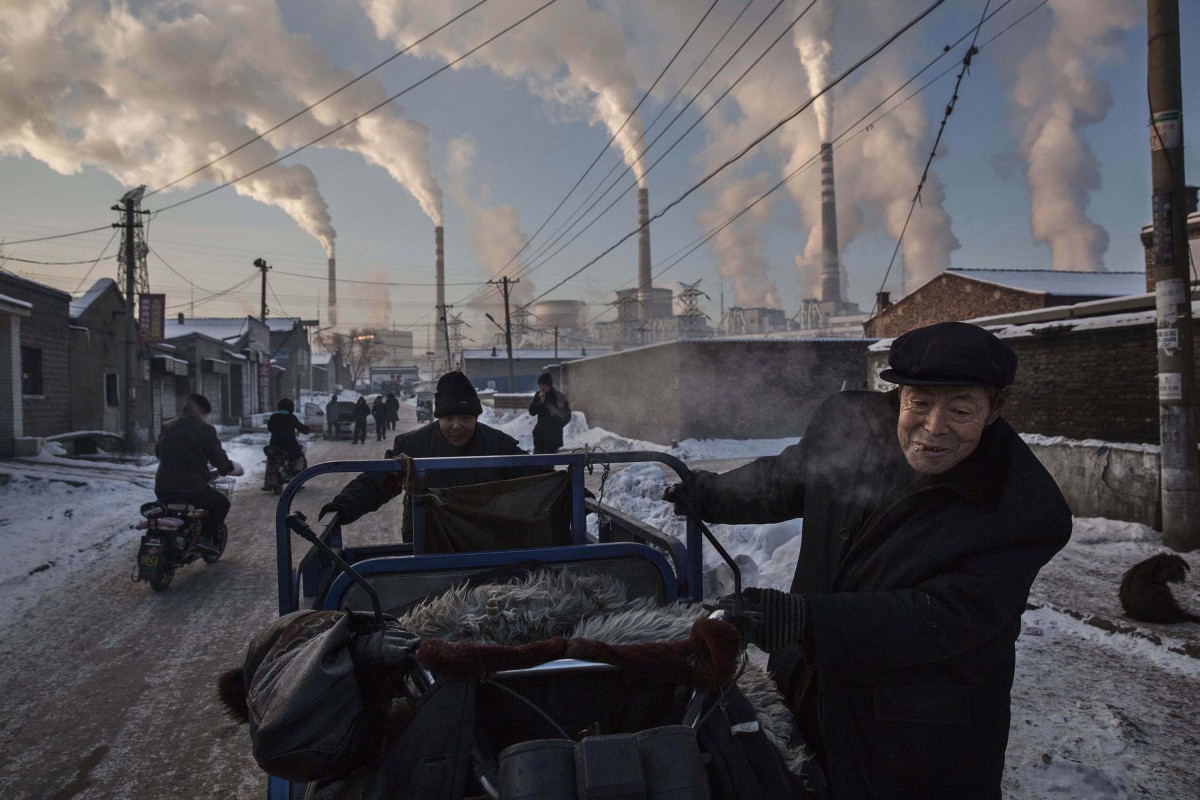
vie courante – l’avantage antarctique
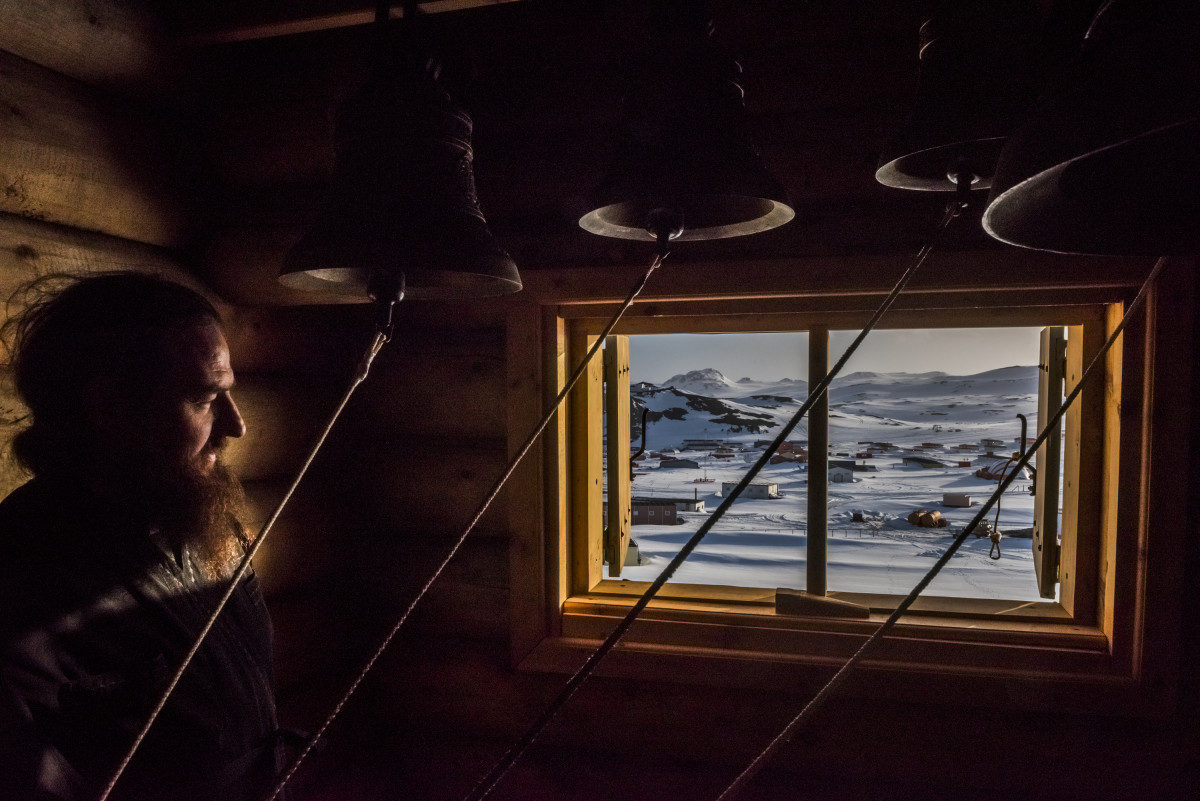
vie courante – l’assemblée de félicitée de dharma
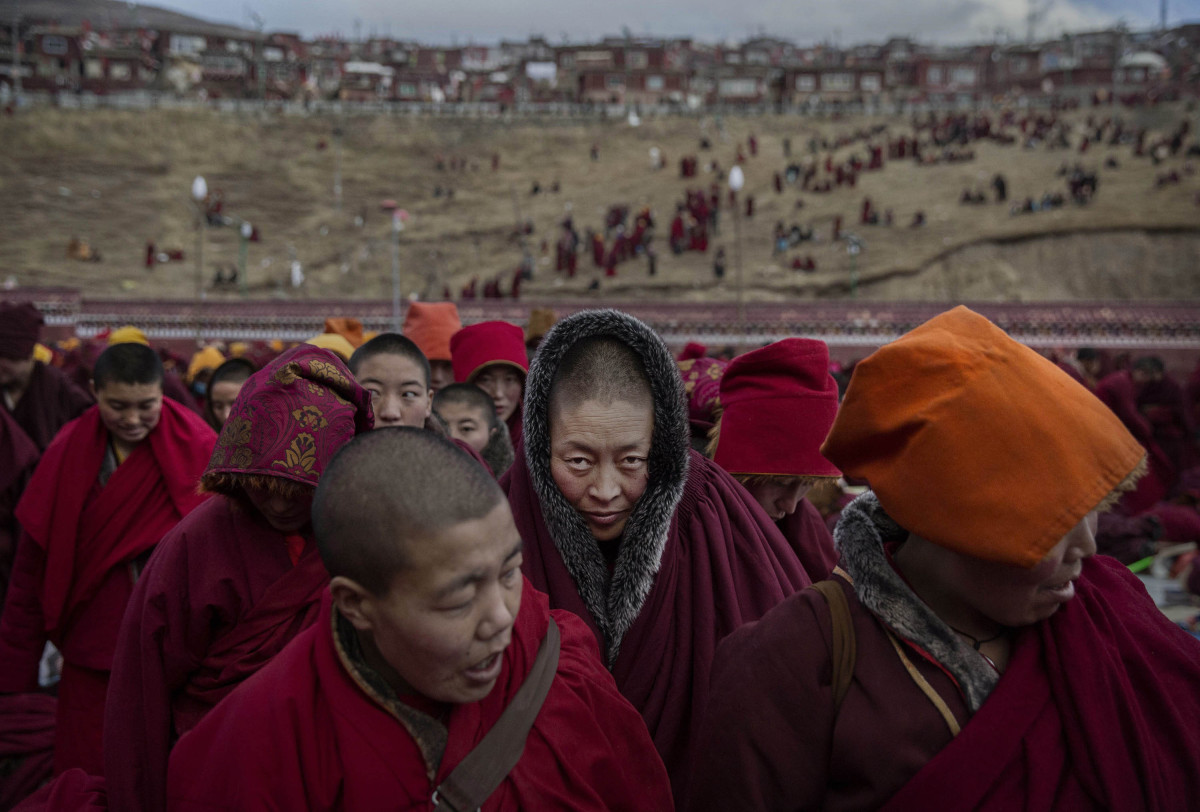
vie courante – journalisme citoyen dans les favelas brésiliennes
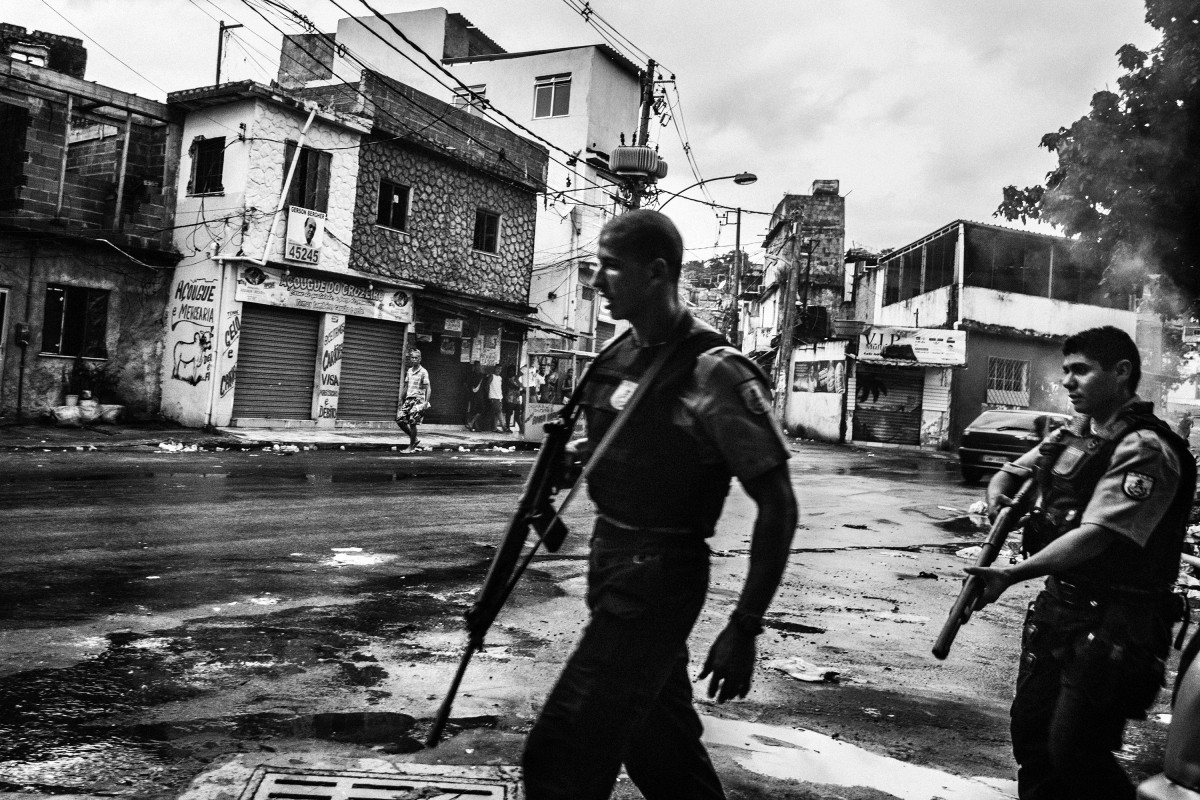
gens
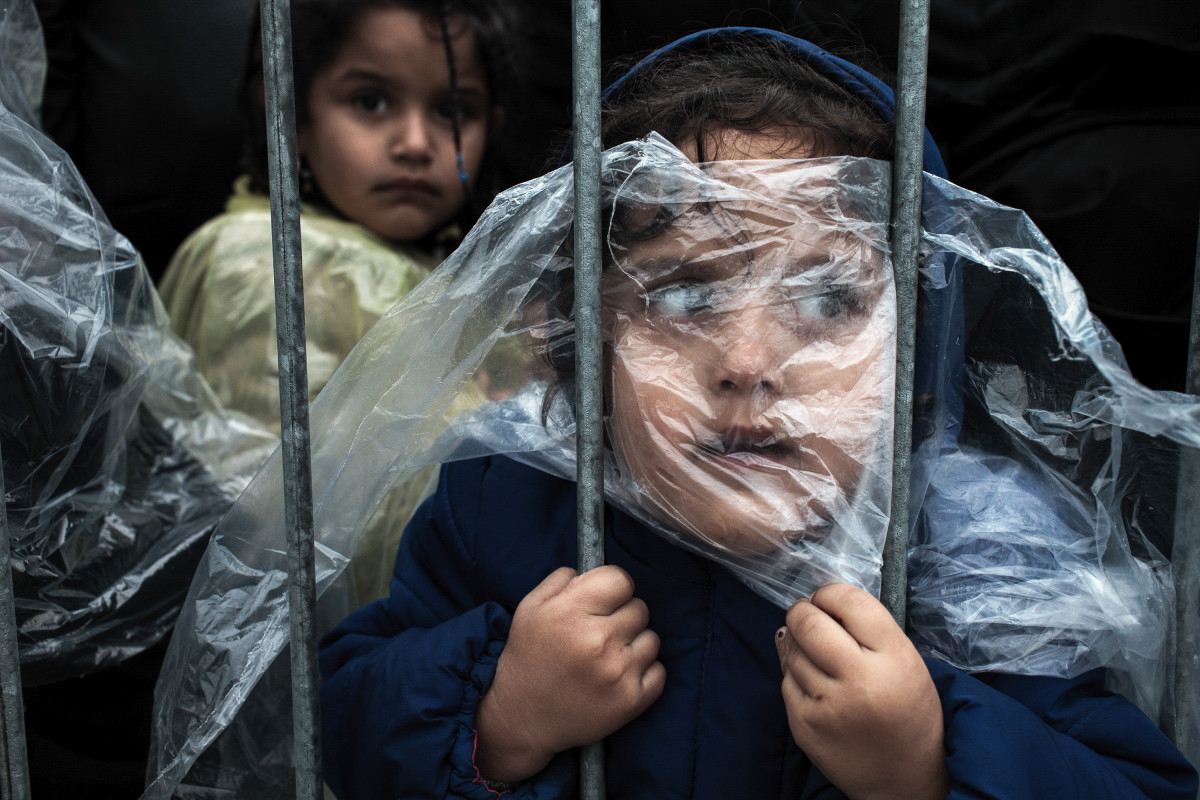
gens – exposition
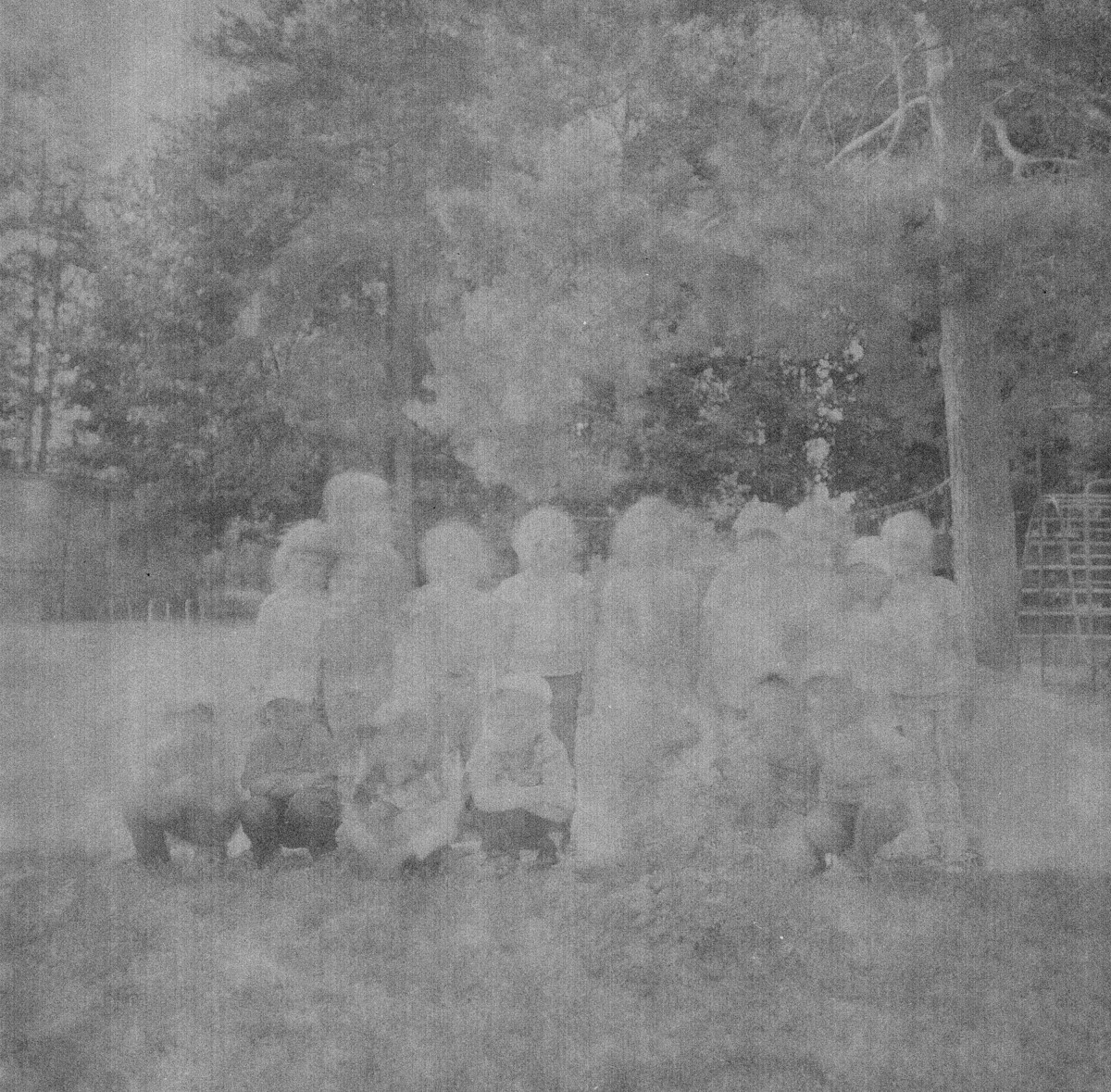
gens – la traditon « la maya »
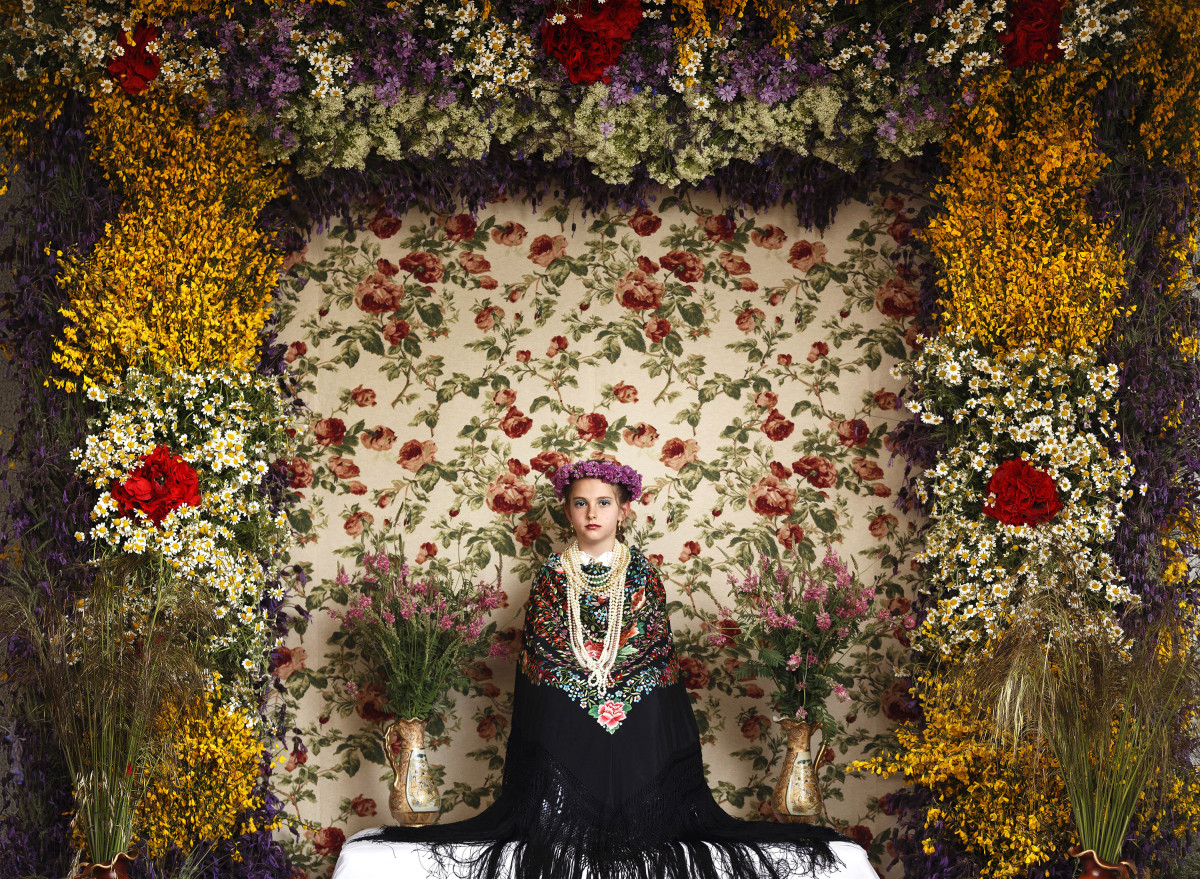
nature
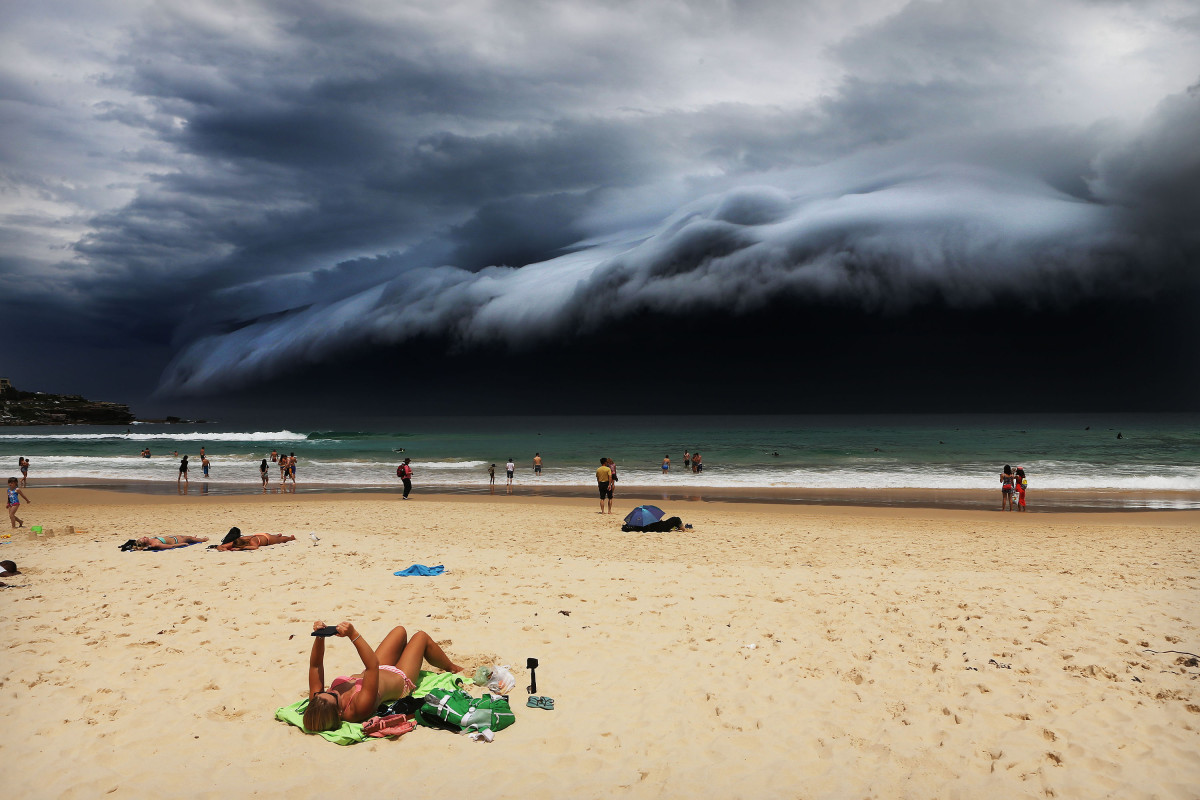
nature – temps durs pour les orangs-outans
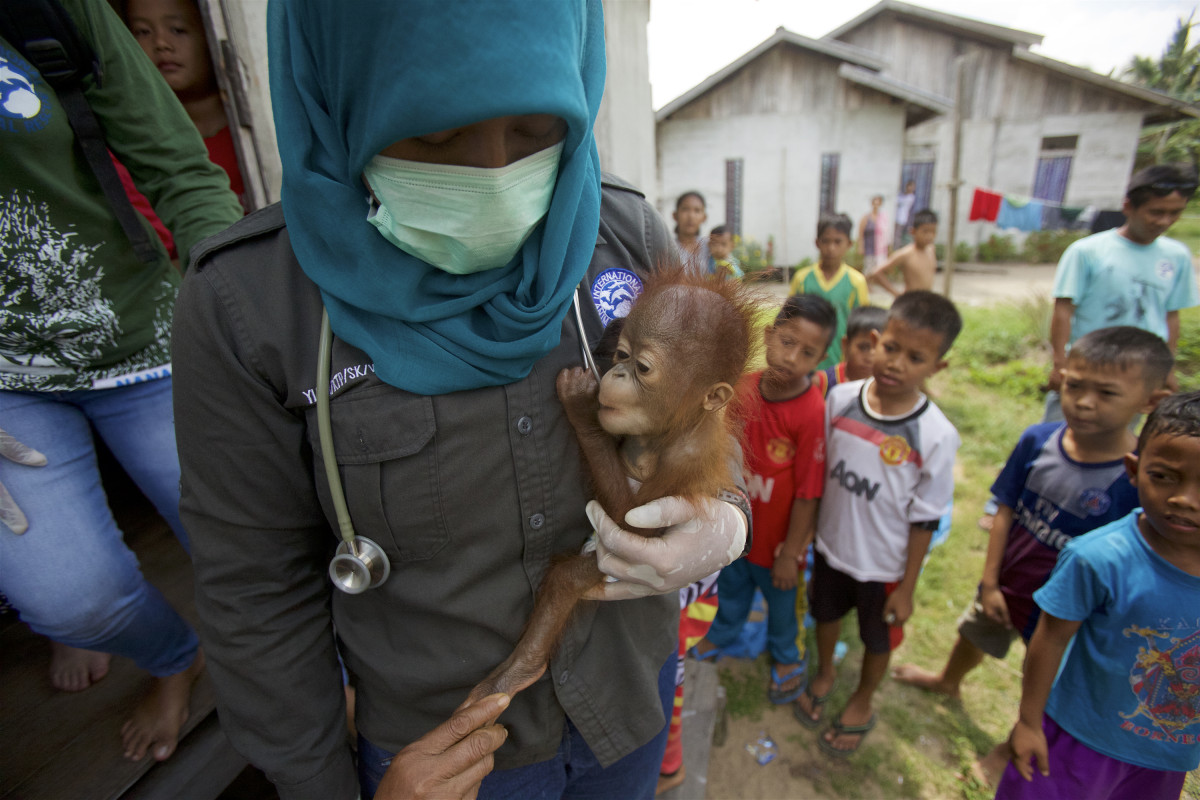
nature – guerre d’ivoire
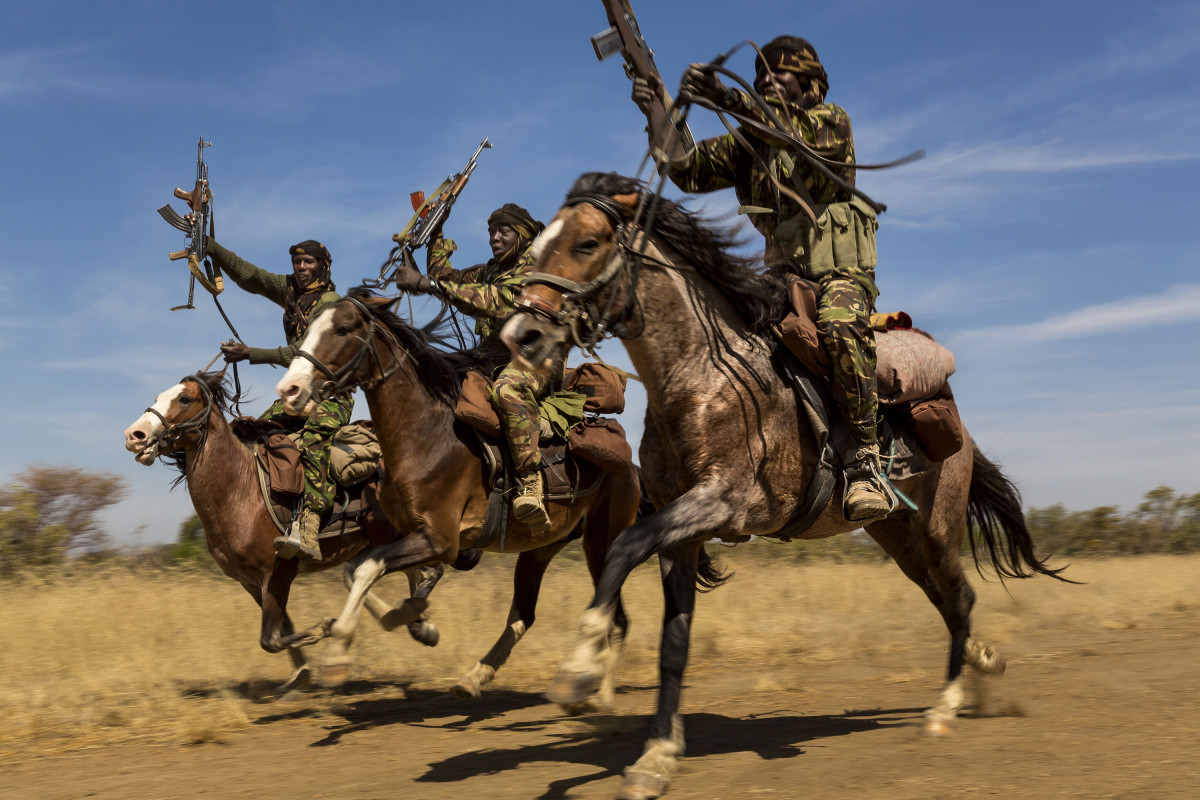
nature – les caméléons sous pression
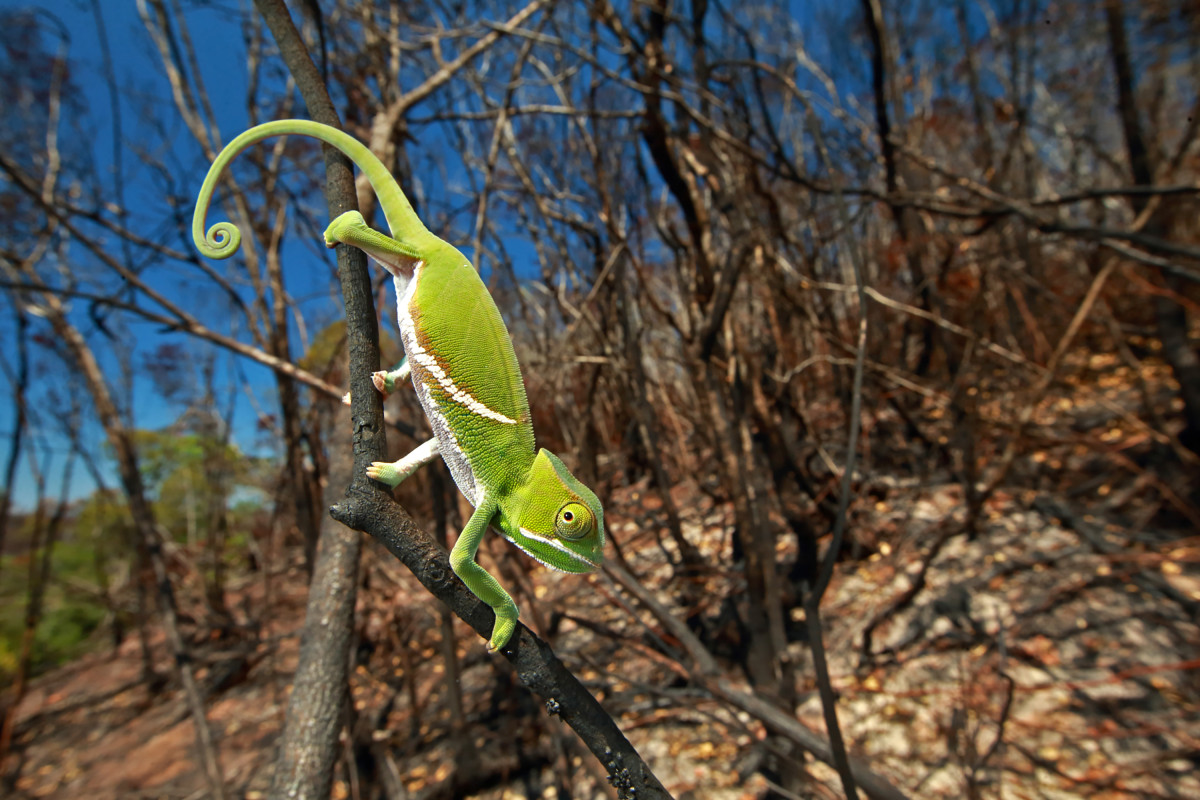
projets long-terme – aggressions sexuelle dans l’armée américaine
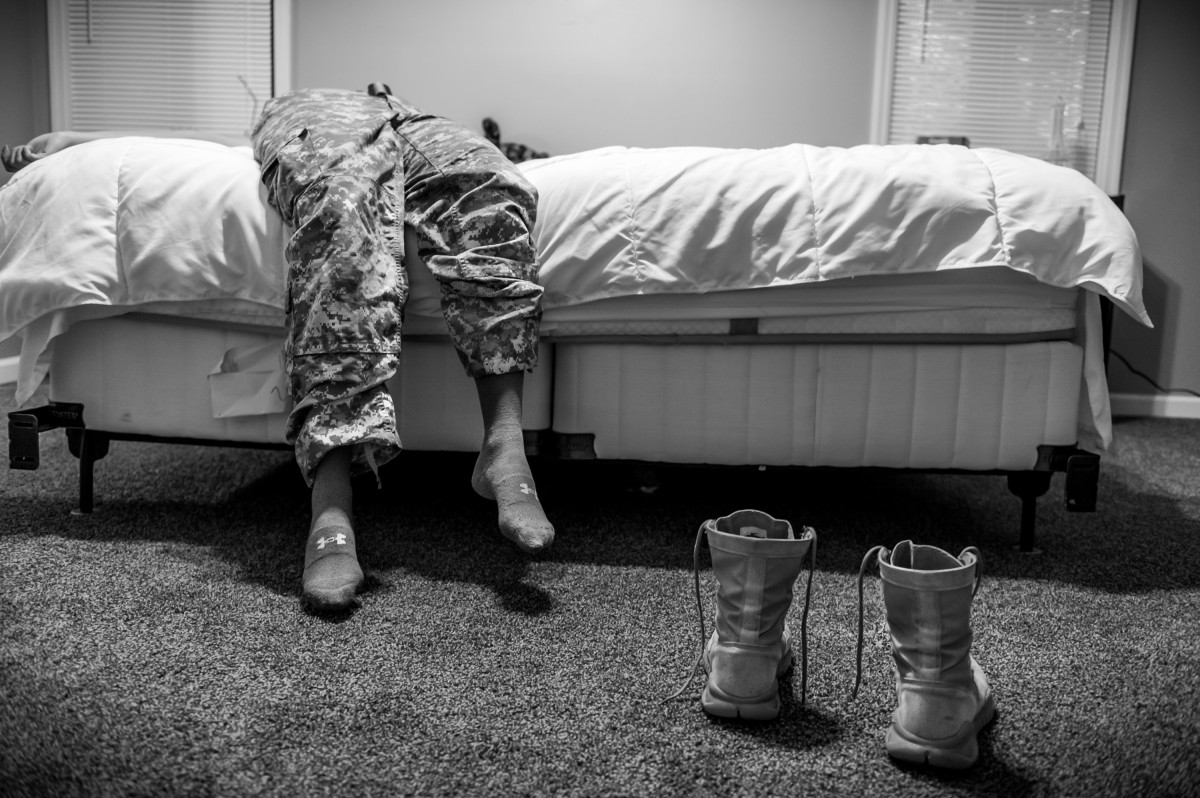
projets long-terme – une vie dans la mort
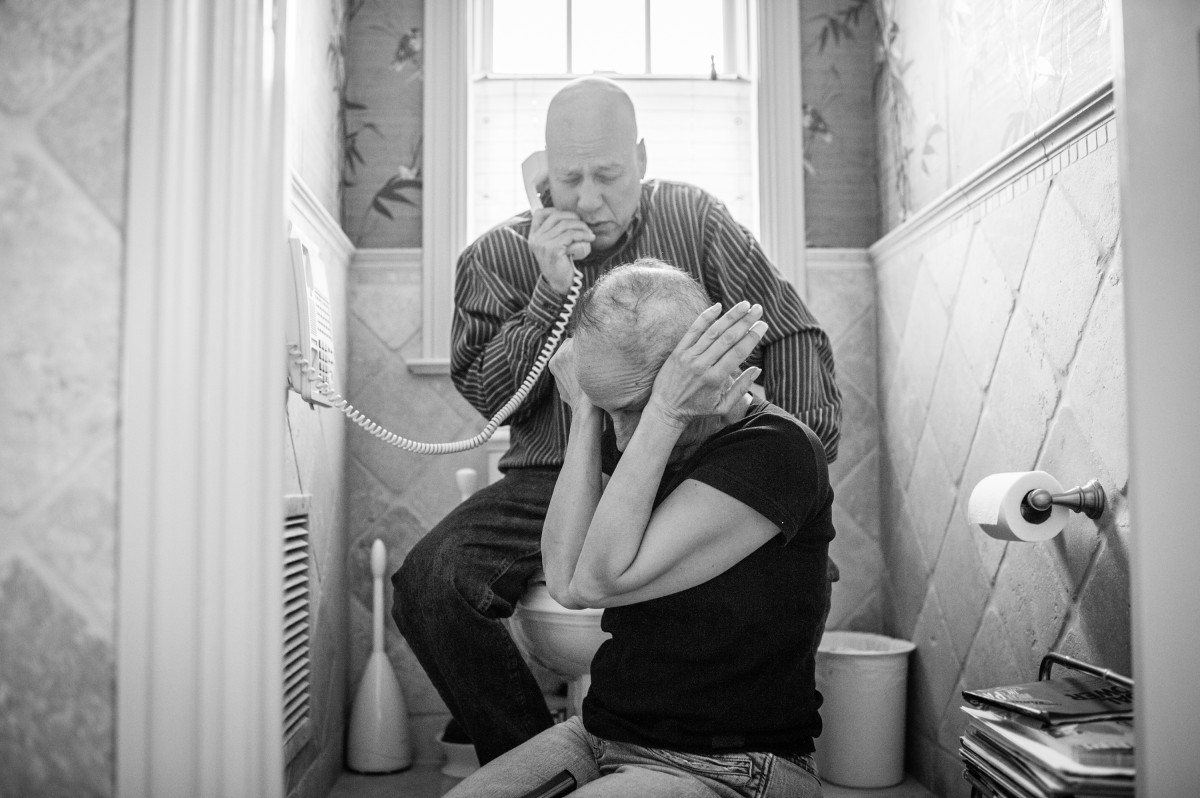
projets long-terme – Corée du Nord : le culte de kim
